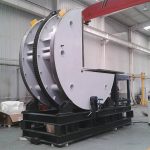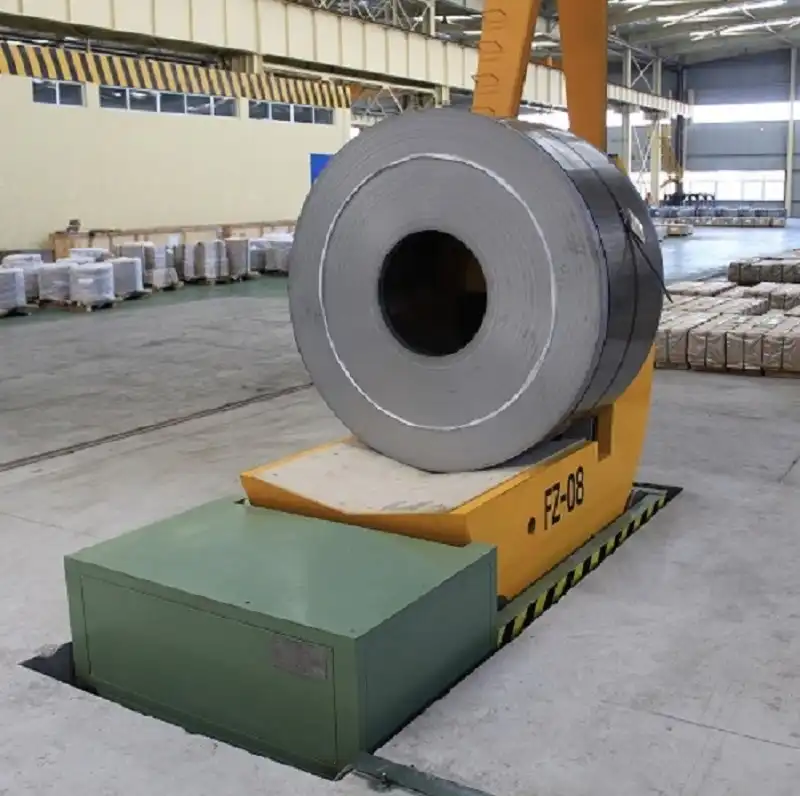
The cost of a coil upender—a machine designed to flip heavy coils of steel or other materials for efficient storage and handling—varies significantly. For those in the manufacturing or logistics industry, understanding these price variations can make a huge difference in budgeting and purchasing. Coil upenders play a crucial role in industrial operations, offering safer and faster ways to manage coil movements, but they come with a wide range of price tags.
The price of a coil upender depends on various factors, including its size, material construction, automation level, and the specific functions it offers. Delving into these variables can help you better grasp why two upenders that look similar may have different price points. Moreover, understanding these aspects could also guide you in choosing an upender that aligns with your company’s requirements and budget.
A crucial question arises: what precisely influences these costs, and what should buyers focus on to ensure they get the best value for their investment?
1. Why Does the Capacity of a Coil Upender Affect Its Cost?
1.1 Capacity Specifications
The first thing to consider in any coil upender purchase is the machine's capacity—measured by the weight and diameter of the coils it can handle. Smaller upenders, with lower load capacities, generally come with lower price tags, designed for lighter-duty applications or smaller coils. Conversely, heavy-duty upenders built for industrial-strength tasks require stronger motors, reinforced frames, and heavier construction materials, all of which raise the overall cost.
1.2 Material Load and Cost Implications
A higher weight capacity usually means reinforced materials are used in the construction of the coil upender. For instance, an upender designed to handle coils up to 20 tons will be more costly than one that only needs to manage 5 tons. This increase reflects the engineering adjustments and material reinforcements needed to support heavier loads without compromising safety or functionality. The additional materials and design considerations are integral to the machine’s durability and performance, directly impacting the final price.
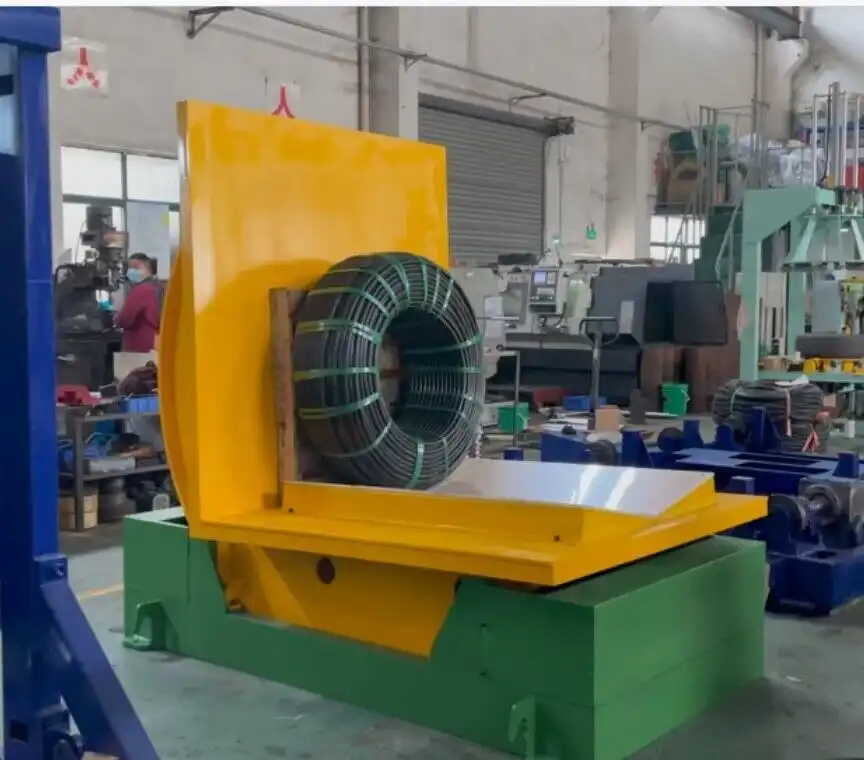
1.3 Higher Capacity Requirements
If your operation frequently moves large coils, investing in a high-capacity coil upender becomes a smart choice. It may come with a higher price tag initially, but it can ultimately lower operational costs by preventing equipment strain and maintenance issues. Withstanding heavy loads reduces the likelihood of costly repairs or premature wear, providing longer-term cost efficiency.
2. How Do Material and Build Quality Impact Pricing?
2.1 Steel vs. Aluminum Frames
One of the primary factors in determining the price of a coil upender is the material used in its construction. Steel is widely used for heavy-duty applications due to its robustness, but it comes with a higher price compared to materials like aluminum. Steel frames offer superior durability and resistance to wear, making them ideal for upenders handling massive coils. However, this comes with a higher manufacturing cost, which ultimately raises the price for buyers. Aluminum, while lighter and sometimes cheaper, is generally more suitable for smaller or less frequent jobs where top-end durability isn’t essential.
2.2 Reinforcement Materials and Durability
For upenders designed to handle extreme weights or withstand harsh conditions, additional reinforcements like alloy steel components or reinforced joints might be used. These enhancements help prevent wear, extend the lifespan of the machine, and ensure it can handle heavy loads without risk. However, the inclusion of these features results in a higher price tag due to the cost of materials and additional engineering efforts required in the design. In other words, machines built to last longer and withstand more will naturally come with higher price points.
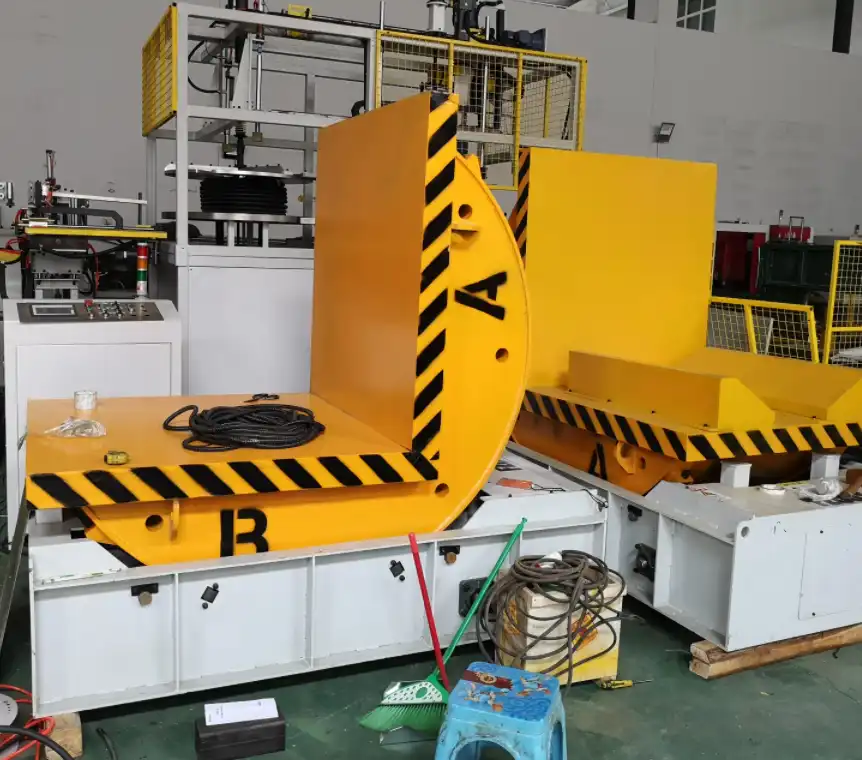
2.3 Longevity and Cost Savings
Machines built from high-quality, durable materials may seem costly initially, but they often provide cost savings in the long run. By investing in a well-built upender, you reduce the risk of breakdowns, decrease the need for frequent repairs, and extend the machine’s operational life. For companies looking to save on long-term operational costs, paying more upfront for a robust machine can be a wise choice, adding value that far outweighs the initial price difference.
3. What Role Does Automation Play in Coil Upender Costs?
3.1 Manual vs. Semi-Automated vs. Fully Automated Systems
The level of automation in a coil upender is a significant determinant of its price. Manual upenders, operated entirely by workers without automated controls, are often the most budget-friendly. Semi-automated upenders add basic automation features, such as motorized rotation, which reduces manual effort but doesn’t fully automate the process. Fully automated upenders, equipped with advanced controls, sensors, and software, offer a seamless coil-flipping process. They allow operators to handle tasks with minimal intervention, increasing productivity but significantly raising costs due to the complexity of their components and technology.
3.2 Efficiency and Labor Costs
A fully automated coil upender can be a substantial investment but offers considerable savings on labor costs over time. By automating the process, companies can reduce their reliance on manual labor, streamline operations, and improve turnaround times. For businesses handling large volumes, these efficiency gains can quickly offset the initial expense, making automated upenders a worthwhile choice despite their higher price.
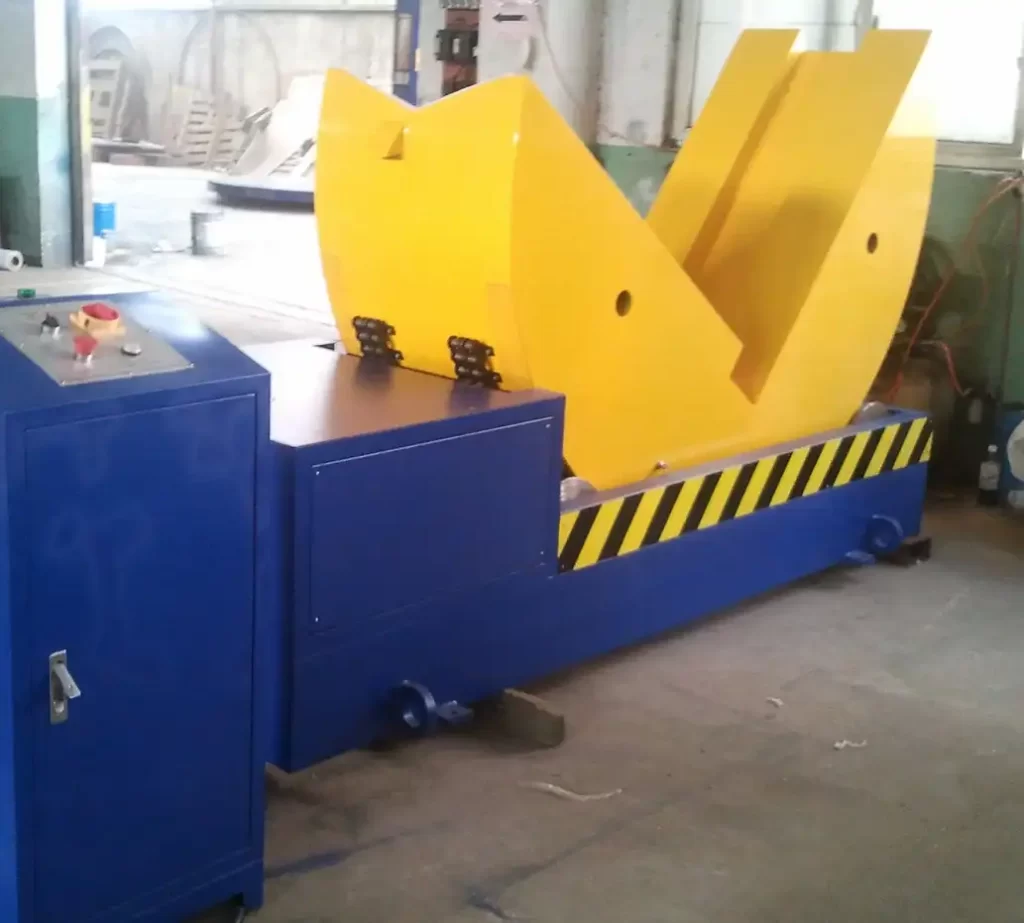
3.3 Safety Features and Their Pricing Effects
Advanced automation often includes additional safety features, such as emergency stop buttons, overload protection, and motion sensors. These safety mechanisms help protect both operators and equipment, ensuring safe and consistent performance. While these features do increase the price, they add value by enhancing workplace safety, reducing the likelihood of accidents, and lowering potential liabilities. Investing in automated systems with robust safety protocols can be invaluable for companies where safety is a top priority.
4. How Do Brand and Customization Influence Coil Upender Prices?
4.1 Popular vs. Generic Brands
Brand reputation plays a significant role in the pricing of coil upenders. Established brands with strong industry reputations often charge more, as their products are perceived to be more reliable, and their customer support services are often top-notch. Buying from a well-known brand can provide added security, with the knowledge that the equipment has been tested and verified by numerous other users. However, this brand recognition and perceived reliability contribute to the higher price point.
In contrast, generic or lesser-known brands might offer coil upenders at a lower cost. These manufacturers may cut costs on materials or have less rigorous quality assurance, which could impact the machine’s longevity and performance. However, for companies with budget constraints or less demanding operational needs, these generic brands may offer a viable and cost-effective solution.
4.2 Customization Options and Niche Requirements
Custom features and modifications significantly impact the final price of a coil upender. Businesses with unique operational needs often require custom designs, whether in load capacity, footprint, or automation features. Customization requires additional engineering resources, specialized materials, and manufacturing time, which directly affects pricing. For instance, a company that requires a compact coil upender with precise automation and custom safety features may see a notable price increase compared to a standard model.
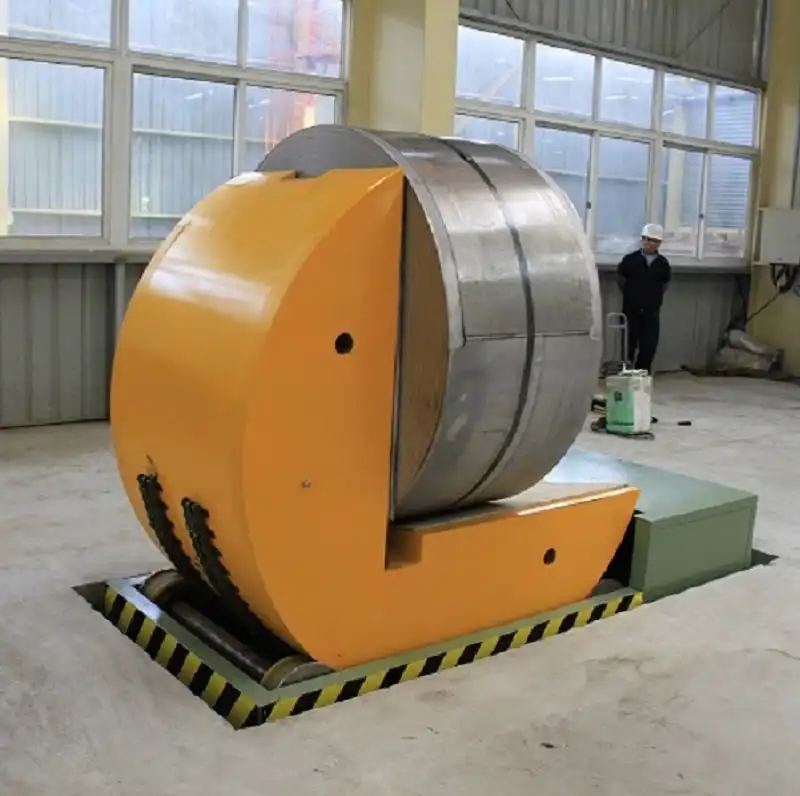
4.3 After-Sales Support and Value
The quality of after-sales support provided by the manufacturer is another factor to consider in coil upender pricing. Premium brands often offer extensive post-purchase services, such as maintenance, repair services, training for operators, and readily available spare parts. While these services contribute to a higher price, they can be invaluable, particularly for businesses that prioritize reducing downtime. In cases where rapid support is critical, investing in a coil upender from a reputable brand with solid after-sales support can provide long-term value and peace of mind.
Conclusion
Understanding the factors that influence the price of a coil upender allows buyers to make informed decisions based on their budget and operational needs. Key factors such as the machine’s capacity, build quality, automation level, brand reputation, and customization options all play a role in determining the cost. While higher prices often indicate premium features and extended longevity, each business must assess whether these benefits align with their specific requirements.
Investing in a coil upender can significantly enhance efficiency, reduce manual labor, and improve workplace safety, but these benefits should be weighed against the initial cost. Ultimately, selecting the right coil upender requires a careful balance between cost, functionality, and the machine’s long-term value.

Get Your Best Solution !


